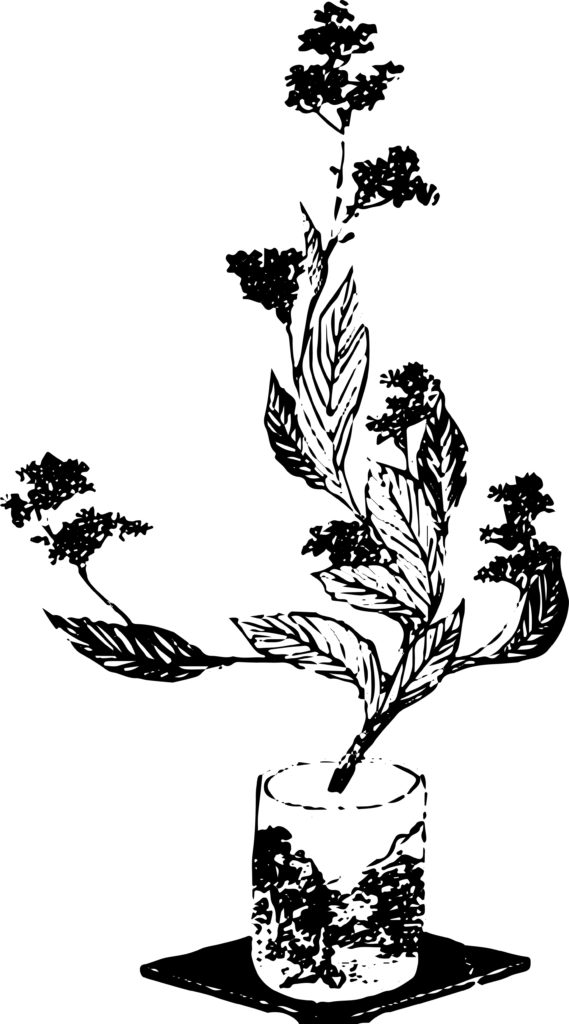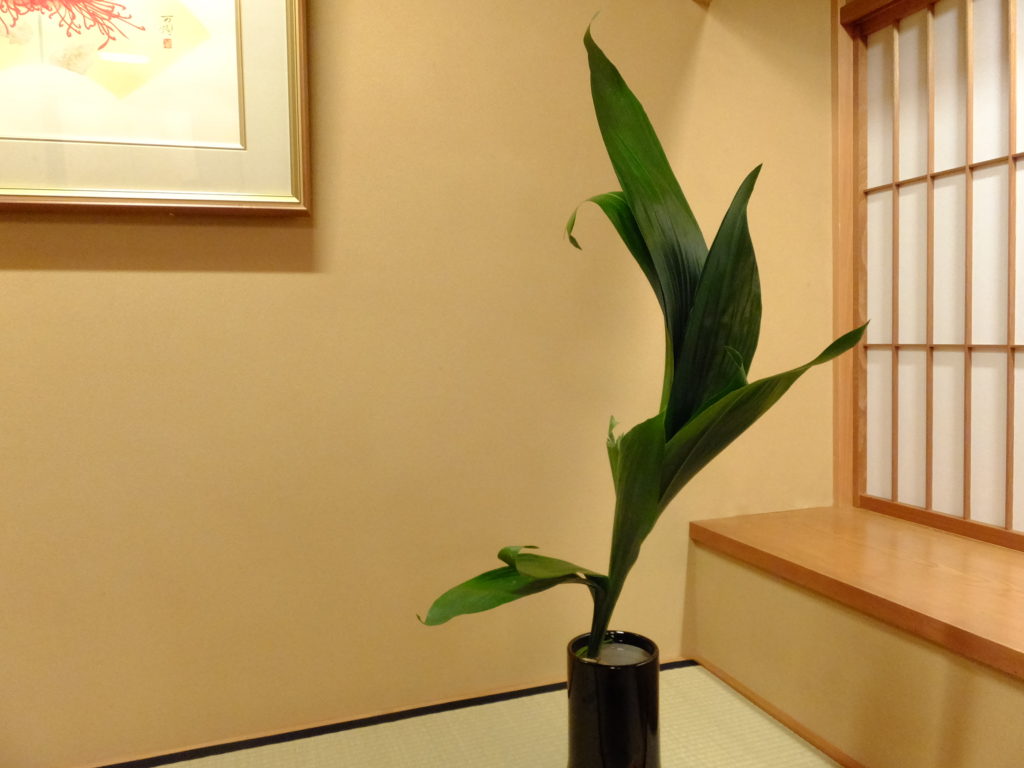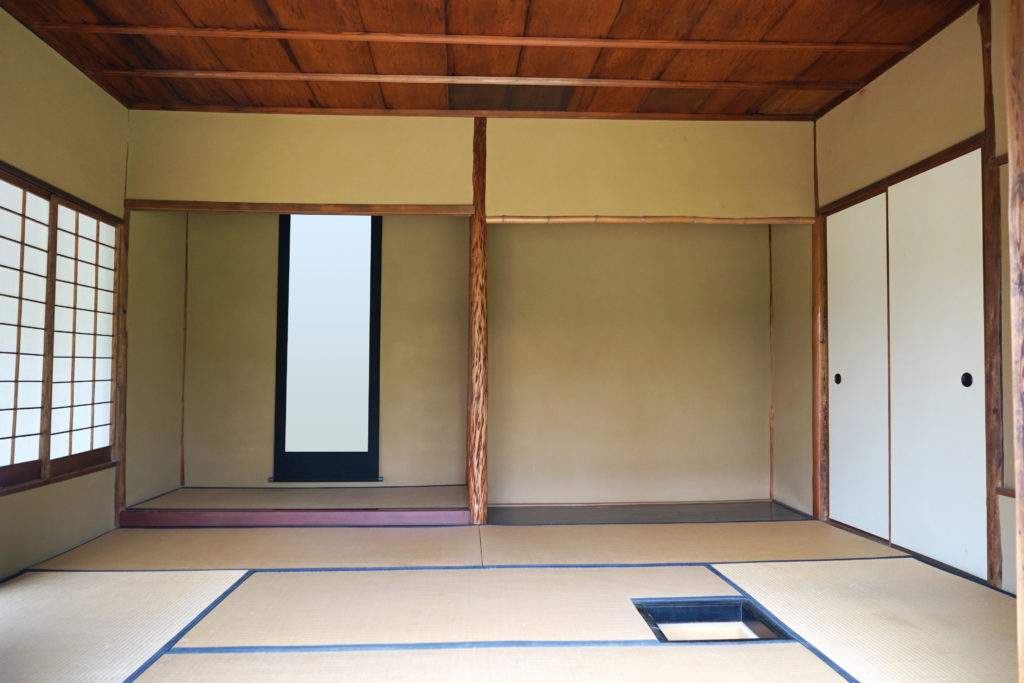Florist Westvillage is a flower shop on Kiyamachi street in the centre of Kyoto. The unique aspect of the shop is that it is managed by an Ikebana artist.
Ikebana is a unique form of floral art developed in Japan. Flowers are a special thing for Japanese people. Most of Japanese culture and arts like painting, poetry, calligraphy, food and clothes are developed based on the Japanese climate and seasons. Therefore, Ikebana which concentrates on the flower, the symbol of the seasons, is one of the most important art forms in Japan.

In Ikebana, the connection between space and flowers is one of the unique points of Ikebana compared to other floral arts. For example, the origin of Ikebana was as an offering to Buddha. So the first style of classic Ikebana was developed to decorate the hall of Buddha on a large scale. Then, noble people like high priests and samurai tried to take Ikebana into their own rooms. They used a small space decorated only with pieces of art. At this time, a new and smaller style of Ikebana was created. Around the 17th century, under the long-term stable government, many ordinary people became richer so they were able to live in a stable house which had a built-in space for decorating. It led to an explosion in the popularity of Ikebana. The house of this era is still the base of the Japanese traditional house today. The third style of Ikebana called “Seika” which is adjusted to this built-in space is still the most well known style.

People call this space “Tokonoma”. Tokonoma is a recessed space, usually consisting of one Tatami mat (about 180cm ×90cm) . The Seika style was decided by the limited space of Tokonoma, which has a plain background with the floral arrangement placed on the mat on the floor, seen from the front, and of course with a size limit. There was no problem if people practiced only this Seika style.

But how about today? There are still Japanese traditional houses, but more people tend to live in modern and western style houses. In today’s more utilitarian society, if they have a Tatami room, it tends to cut out Tokonoma, which is used only for decoration. However, when we take Ikebana classes, we still learn the Ikebana style of Tokonoma. As a result, most Japanese people don’t need to know Ikebana, which isn’t useful for decorating modern day rooms. The opportunity to connect with classic Ikebana is decreasing every year. Ikebana people try to avoid this situation by holding Ikebana exhibitions and lessons. They only show Ikebana works on a white background without an historical explanation nor even a technical one like an exhibition of modern art. In my opinion, the biggest mistake of all is considering Ikebana as a floral art.
There is one more problem here. People go to a flower shop when they decorate their room with flowers. Florists in Japan use the techniques of bouquet making and flower arrangements like foreign florists, but, just like foreign florists, they often don’t know anything about Ikebana at all.
In conclusion, the policy of my shop is below,
-To offer seasonal flowers which are based on the Japanese sense of beauty to modern people, in modern spaces
-To pass on and protect Ikebana as a part of Japanese history, not as just a floral technique.
